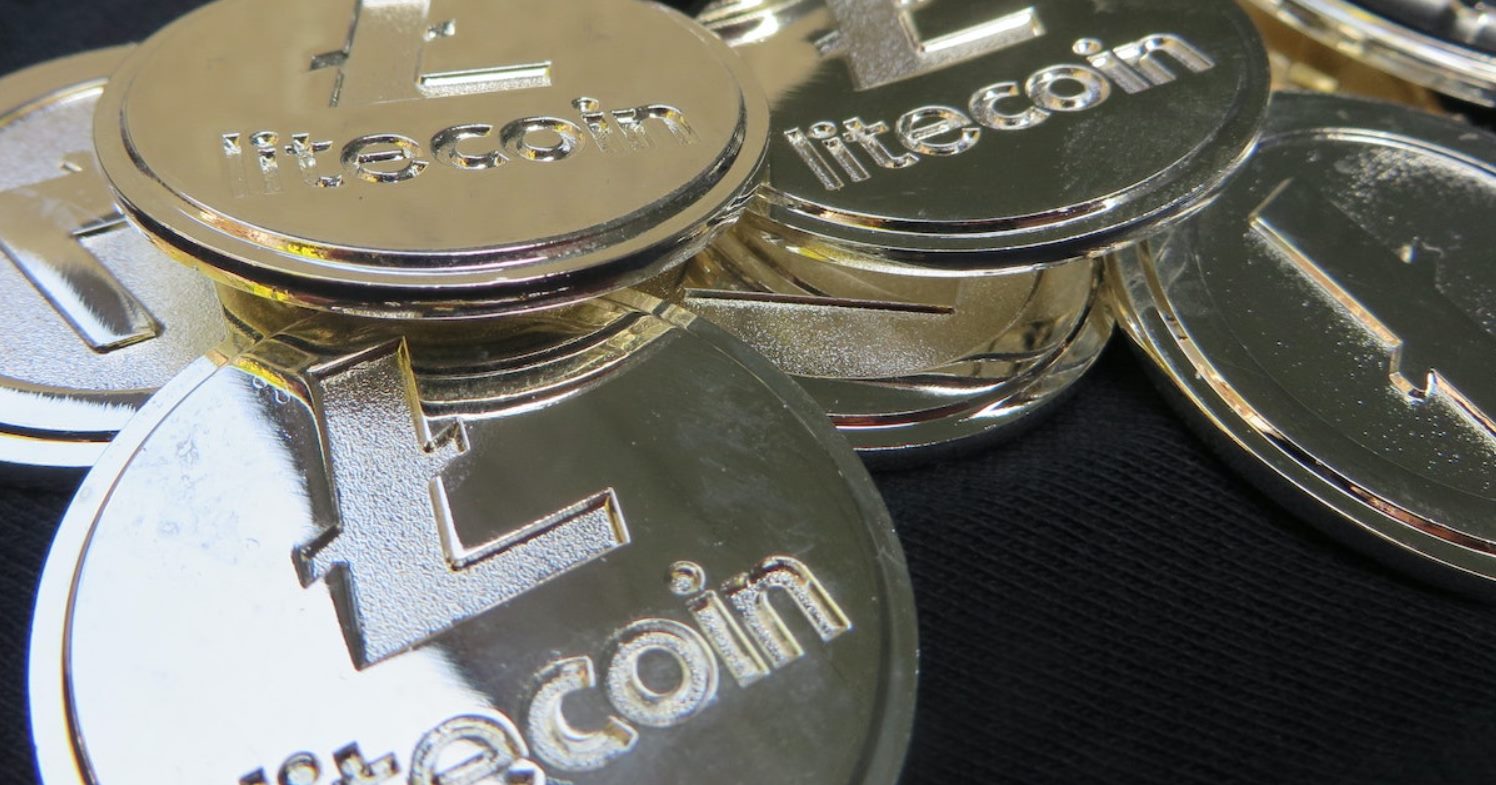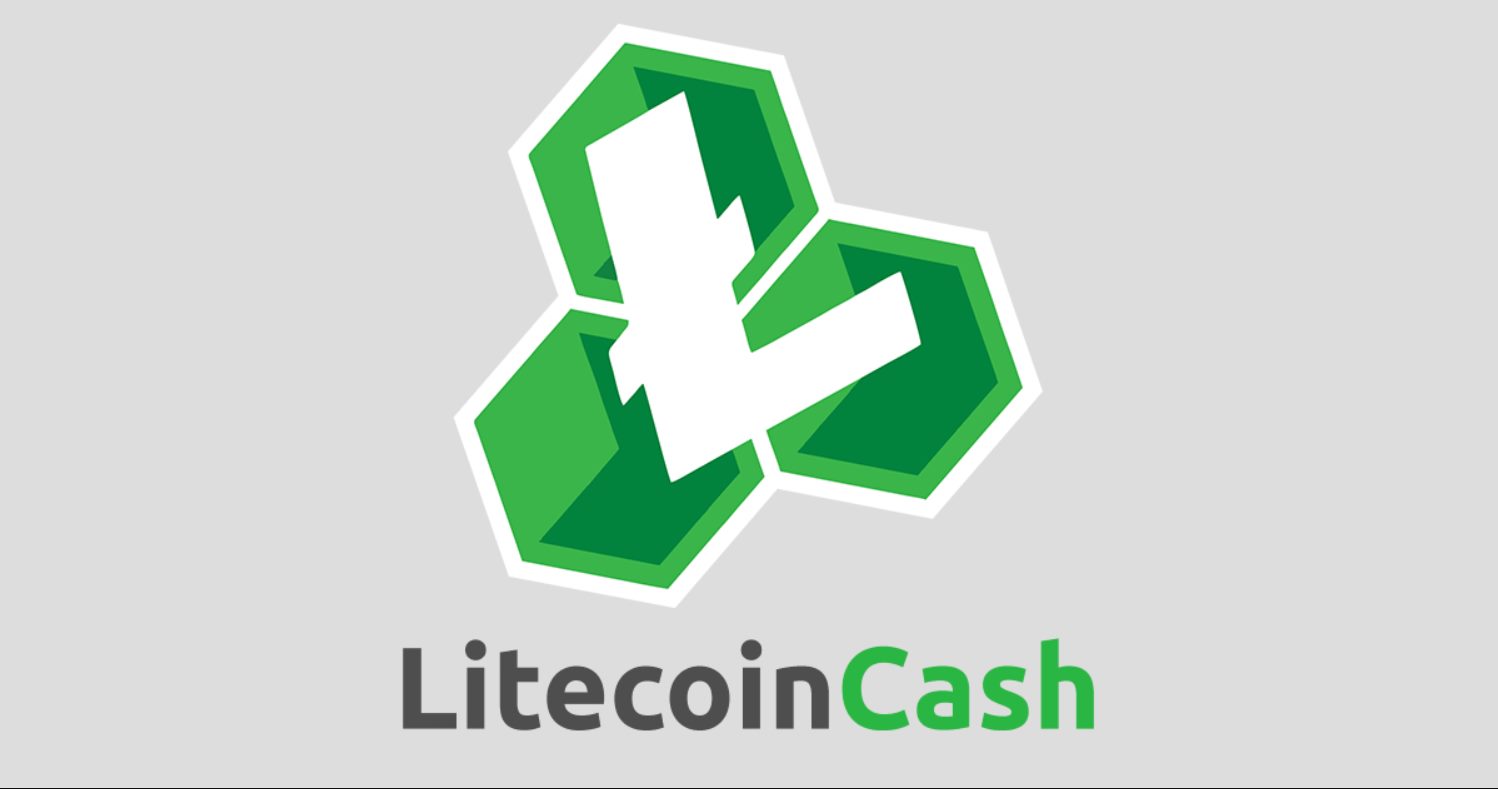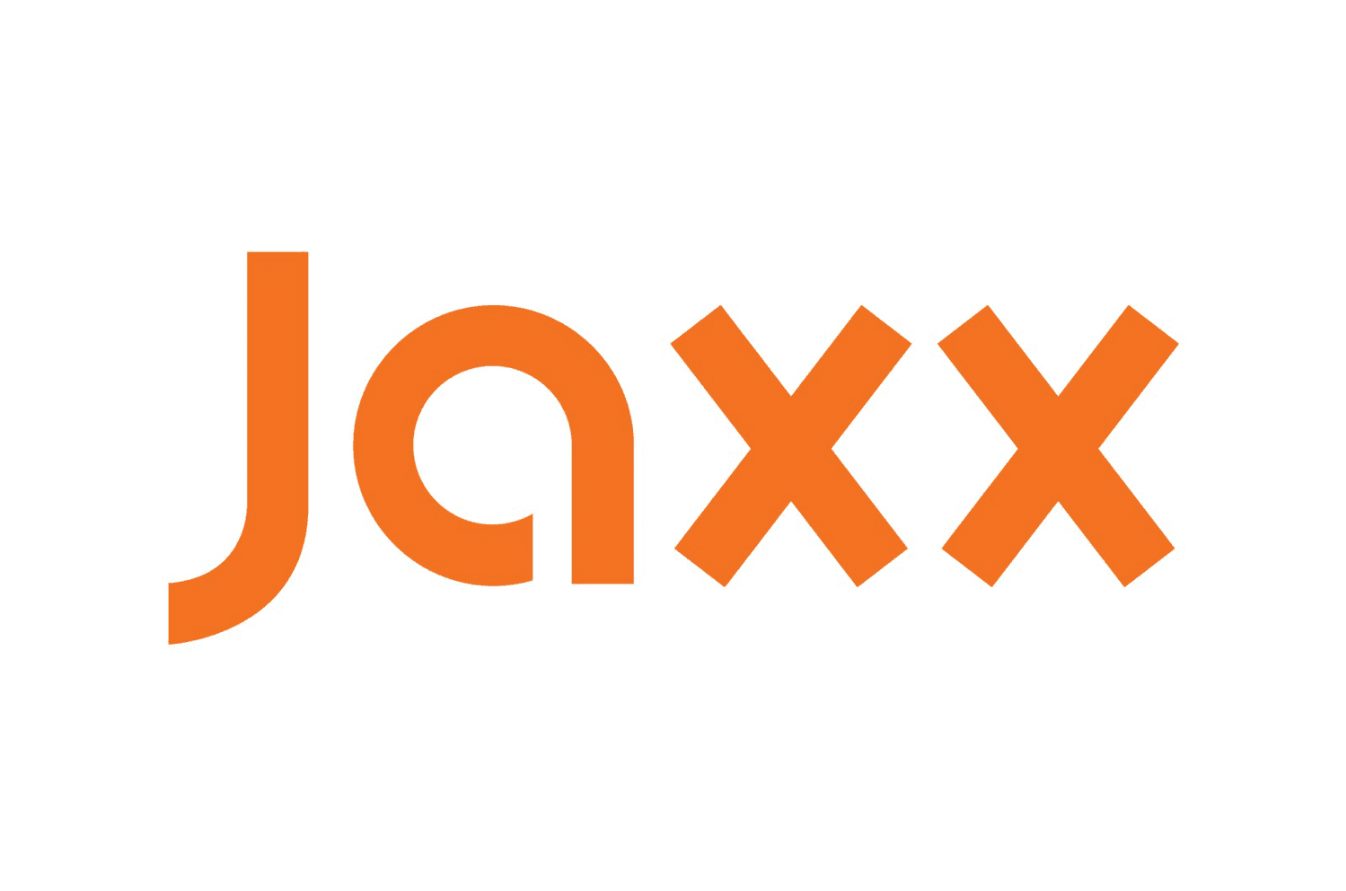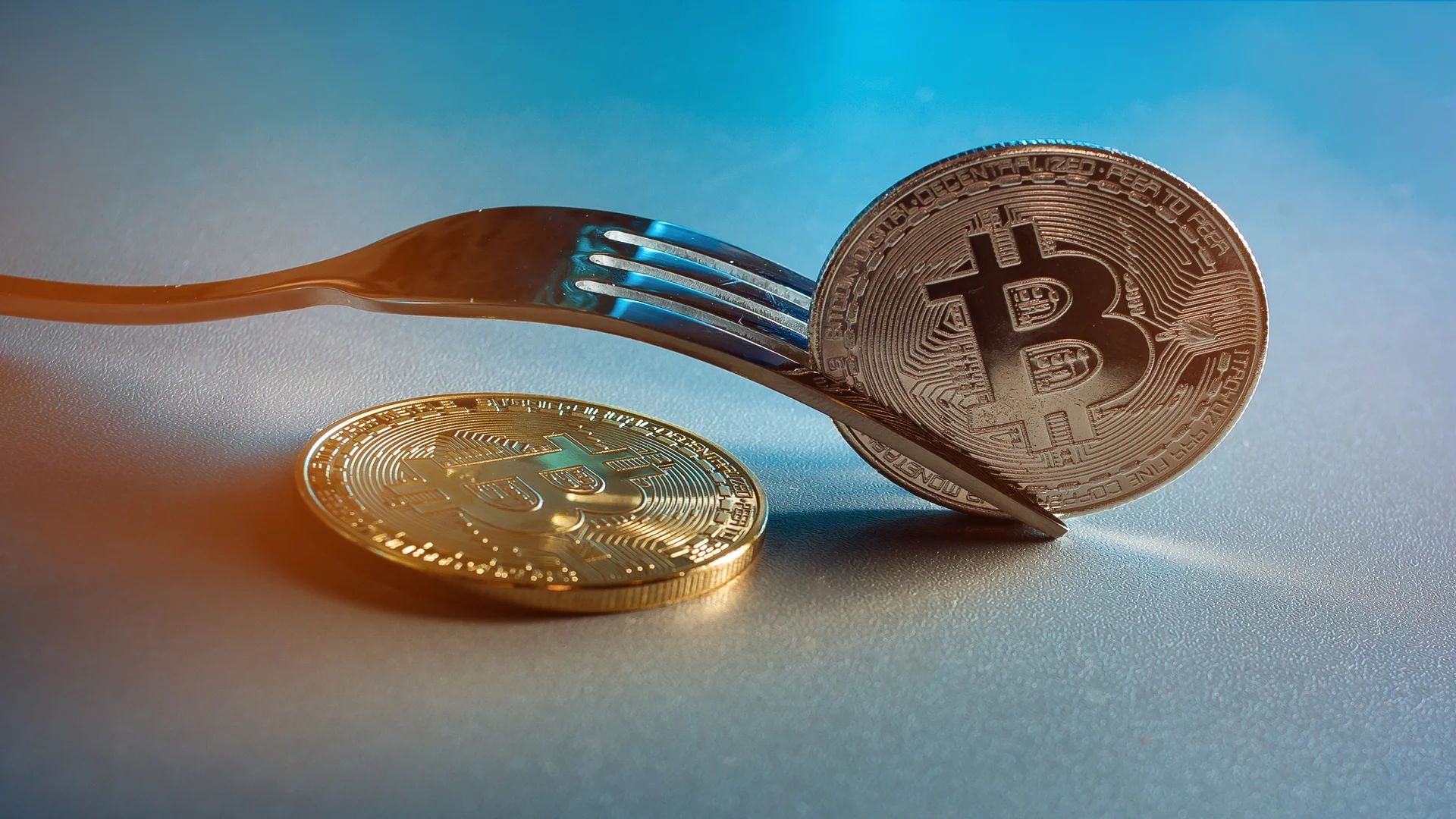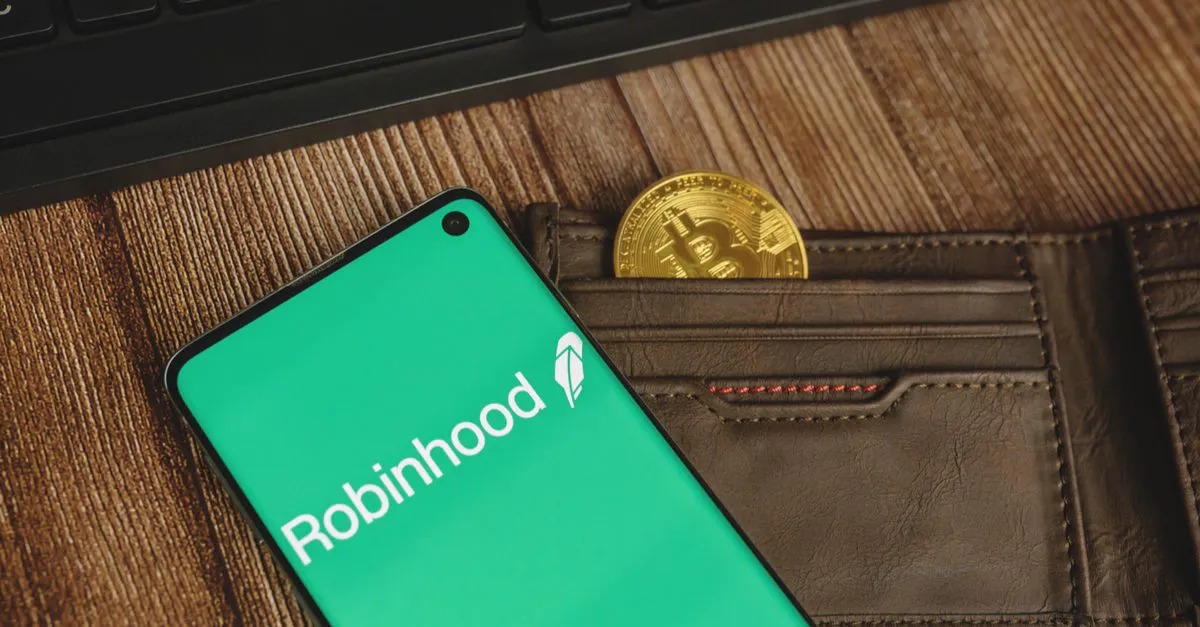What is a Fork?
In the world of cryptocurrency, a “fork” refers to the branching of the blockchain into two separate paths. This occurs when the underlying code of a cryptocurrency is modified, resulting in a divergence from the original blockchain. Essentially, it creates a new version of the cryptocurrency with its own set of rules and features.
To better understand this concept, let’s use an analogy. Imagine a highway with a single lane, representing the original blockchain. A fork is like an off-ramp that splits from the main highway, resulting in a new road that runs parallel to the original. Although they start from the same point, they follow different routes and continue to evolve independently.
Forks can be categorized into two types: soft forks and hard forks. A soft fork is a backward-compatible upgrade to the blockchain, meaning that the new version is still compatible with the old version. On the other hand, a hard fork involves more significant changes to the code, making the new version incompatible with the old one.
Forks can occur for various reasons, such as implementing new features, improving scalability, fixing bugs, or resolving disagreements within the cryptocurrency community. They are often seen as an opportunity for the community to innovate and evolve the cryptocurrency.
It is worth noting that not all forks result in a separate and viable cryptocurrency. Some forks may not gain enough support or fail to establish themselves as a legitimate network. However, in the case of successful forks, holders of the original cryptocurrency are often entitled to receive the newly created cryptocurrency in a process known as a “fork drop” or “airdrop.”
What is Litecoin Cash?
Litecoin Cash (LCC) is a cryptocurrency that was created as a result of a hard fork from the Litecoin (LTC) blockchain. It was developed with the aim of improving certain aspects of Litecoin, such as transaction speed and mining efficiency. While it shares a common history with Litecoin, Litecoin Cash operates on its own independent network with its own set of rules and features.
The main difference between Litecoin and Litecoin Cash lies in the mining algorithm. Litecoin uses the Scrypt algorithm, while Litecoin Cash utilizes SHA-256, which is the same algorithm employed by Bitcoin. This change allows Litecoin Cash to be mined using specialized mining equipment that is already widely available in the Bitcoin mining community.
One of the key features promoted by Litecoin Cash is faster block generation time. While Litecoin operates with a block time of 2.5 minutes, Litecoin Cash reduces this to just 2.5 minutes. This means that transactions can be confirmed more quickly, allowing for faster and more efficient processing.
Another feature of Litecoin Cash is its increased maximum supply. While Litecoin has a maximum supply of 84 million coins, Litecoin Cash has a maximum supply of 840 million coins. This higher supply is intended to provide a greater level of accessibility and affordability for users of the cryptocurrency.
It is important to note that while Litecoin Cash shares similarities with Litecoin, it is a separate and independent cryptocurrency. Therefore, if you held Litecoin prior to the fork, you may be eligible to claim an equivalent amount of Litecoin Cash, subject to the specific terms and conditions set by the Litecoin Cash development team.
How to Prepare for the Fork
If you are a Litecoin holder and want to claim your Litecoin Cash from the fork, there are a few steps you can take to ensure a smooth and hassle-free process. Here’s how you can prepare:
- Update your Litecoin wallet: Ensure that you have the latest version of the Litecoin wallet installed on your device. This will ensure compatibility with the upcoming fork and any changes that may be implemented.
- Safeguard your private keys: It is crucial to have a backup of your Litecoin wallet’s private keys. These keys are essential for accessing your Litecoin Cash in the event of a successful fork. Consider storing them in a secure offline location, such as a hardware wallet or a piece of paper stored in a safe place.
- Research and follow official announcements: Stay informed about the fork by following official announcements from the Litecoin Cash development team. They will provide guidance on the claiming process and any specific details to be aware of.
- Be cautious of scams: During forks, scams and phishing attempts tend to increase. Be skeptical of any offers or websites that promise to help you claim your Litecoin Cash in exchange for personal information or funds. Only rely on reputable sources and double-check any instructions provided.
- Consider holding off on transactions: It is advisable to refrain from making any Litecoin transactions during or around the time of the fork. This will help ensure that your coins are secure and that you don’t encounter any issues or complications during the claiming process.
By following these steps, you can better prepare yourself for the upcoming fork and increase the likelihood of successfully claiming your Litecoin Cash. Remember, it’s essential to stay informed and exercise caution to safeguard your assets in the cryptocurrency ecosystem.
Step-by-Step Guide to Claim Your Litecoin Cash
If you are a Litecoin holder and want to claim your Litecoin Cash (LCC) from the fork, here is a step-by-step guide to help you through the process:
- Ensure you have a Litecoin wallet: To claim your Litecoin Cash, you need to have a Litecoin wallet where you held your LTC during the fork. Make sure you have access to that wallet or create a new wallet if you don’t have one.
- Research the official Litecoin Cash website: Visit the official Litecoin Cash website to get the latest information and instructions on how to claim your coins. Make sure you are on the official website and not an imposter site to avoid falling victim to scams.
- Download the Litecoin Cash wallet: From the official website, download the Litecoin Cash wallet that is suitable for your operating system. Install the wallet on your device and follow the setup instructions provided.
- Locate your Litecoin private keys: To access your Litecoin Cash, you will need the private keys associated with the Litecoin wallet where you held your LTC during the fork. Refer to your Litecoin wallet’s documentation or contact their support for guidance on how to find and export your private keys.
- Import your private keys into the Litecoin Cash wallet: Once you have your Litecoin private keys, import them into the Litecoin Cash wallet by following the wallet’s import instructions. This will enable you to access your Litecoin Cash balance associated with those private keys.
- Verify and secure your Litecoin Cash: After importing your private keys, the Litecoin Cash wallet should display your LCC balance. Take a moment to verify that the balance matches your expectations. Ensure that you have a backup of your Litecoin Cash wallet’s private keys as well for added security.
- Monitor official announcements: Stay updated with official announcements from the Litecoin Cash development team for any further instructions or updates regarding the claiming process. This will help you stay informed and avoid potential pitfalls or scams.
By following these steps, you can claim your Litecoin Cash from the fork and have access to your newly acquired LCC. Remember to exercise caution and double-check all the instructions and sources to ensure a smooth and secure claiming process.
Other Things to Consider
While preparing for and claiming your Litecoin Cash (LCC) from the fork, there are a few additional factors to keep in mind to ensure a successful and secure experience. Here are some other things to consider:
- Timing: Make sure you are aware of the specific date and time of the fork. Keep track of any updates or changes in the schedule as announced by the Litecoin Cash development team. Claiming your LCC after the designated fork height is crucial to ensure you receive your coins.
- Exchanges: If you have your Litecoin stored on a cryptocurrency exchange, check if the exchange supports the distribution of Litecoin Cash. Some exchanges may automatically credit your account with LCC, while others may require you to manually claim it. Research and follow the instructions provided by the exchange to avoid any potential complications.
- Security: Protecting your private keys and wallet information is paramount. Be mindful of where you store your private keys and avoid sharing them or inputting them into unfamiliar websites or wallets. Scammers may try to exploit the fork by impersonating legitimate platforms, so double-check the authenticity of any external resources.
- Community and Support: Engaging with the Litecoin Cash community and seeking support can provide valuable insights and assistance during the claiming process. Participate in official forums, social media groups, or online communities dedicated to Litecoin Cash to connect with experienced users and stay updated on any developments or changes.
- Market Considerations: Remember that the value of Litecoin Cash may fluctuate after the fork. Just like any other cryptocurrency, the price can be influenced by market forces and investor sentiment. Take some time to assess the market dynamics and make informed decisions regarding any potential trading or holding strategies.
By keeping these factors in mind, you can navigate the process of claiming your Litecoin Cash more smoothly. Stay informed, prioritize security measures, and take advantage of the resources available within the Litecoin Cash community to ensure a successful and rewarding experience with your newly acquired LCC.
Conclusion
In summary, a fork in the cryptocurrency world refers to the splitting of a blockchain into two separate paths, resulting in the creation of a new cryptocurrency. Litecoin Cash (LCC) is one such cryptocurrency that emerged from a hard fork of the Litecoin (LTC) blockchain. By following the steps outlined in this guide, Litecoin holders can claim their Litecoin Cash and become part of this new digital ecosystem.
Preparing for the fork involves updating your Litecoin wallet, safeguarding your private keys, researching official announcements, and exercising caution to avoid scams. The step-by-step guide provides a clear path to claiming your Litecoin Cash, including downloading the LCC wallet, importing your private keys, and verifying your balance.
Furthermore, it is essential to consider other factors, such as timing, exchange support, security, community engagement, and market considerations. Staying informed, protecting your assets, and seeking support from the Litecoin Cash community can enhance your experience and ensure a smooth transition into the world of Litecoin Cash.
Remember, participating in a fork presents an opportunity for Litecoin holders to diversify their holdings and potentially benefit from the new cryptocurrency. However, it is essential to approach forks with caution, keep up with official announcements, and exercise due diligence to protect your assets and make informed decisions.
By following these guidelines and staying vigilant, you can successfully navigate the process of claiming your Litecoin Cash and be part of the growing community that embraces the innovations and potential of this new cryptocurrency. Embrace the fork as an opportunity to explore new possibilities and enhance your involvement in the world of cryptocurrency.







